Perhaps, no muscle group suffers from improper programs and bad techniques as chest.
Monday is coming and it means that almost half part of the gym's visitors will train chest. So you should start to queue up for the bench right now.
Try to imagine now, there is parallel universe somewhere that has no need of such a thing. What if are there many variants to structure chest training? There is a good news for you, they do exist. The main thing isn't to do one or several of the eight following mistakes. We will consider all of them below to understand what should be done to avoid them. Let's go.
Tip 1: don’t load delts and triceps before the chest training
Pectorals are deservedly considered one of the biggest muscle group in the body. That's why the bench press as a multi-joint exercise is working out this group very effectively together with triceps and delts. So you shouldn't start the chest day with triceps already exhausted at the beginning or even worse, with triceps which have already had delayed onset muscle soreness from last workout.
It is the same with delts. If auxiliary muscle has already been exhausted, it's not difficult to realize it will failure the first after starting the press exercise.
At the chest day you should exhaust pectorals not thinking how to survive during the training and not die because of the pain in triceps and shoulders. So, starting the chest training you should remember: freshness of the auxiliary muscles is a very important factor.
To avoid such a situation, plan your program not to train delts and triceps at least two days before the chest day. It will increase effectiveness of the training very much.
Besides, the chest workout should be planned to train extensors after the chest, but not before. I.e. you should train pecs first and work with shoulders only after. And not vise versa. If at the chest day triceps are loaded too, it should be done only after the chest. Chest is number one; the rest is only after it.
Tip 2: do not follow the same exercises
You can stagnate very long if use the same tools during long time. If every the chest training begins with barbell bench press, maybe should you reconsider tactics and strategy?
Many pecs of great sportsmen were built with other equipment, and in most cases it was dumbbells. Of course, each variant has its own advantages. So you should use these advantages on 100% to vary your workouts.
Of course, dumbbells are more difficult to manage but this even better. Dumbbells allow every side of the body working independently using only its own power. Besides, working with dumbbells implies more freedom for movements. Range of motion can be more than if using barbell. One more pleasant addition is freedom of movements for shoulders joints. So, choosing dumbbells you are making the right choice. This choice is especially good for those who feel pain or discomfort during barbell press.
Many experienced sportsmen did even more: they refused to use barbell at all. Of course, mere mortals have no need for such radical steps. Nevertheless, refuse barbell press in favor of dumbbell press during some period of time, as a variant, will certainly benefit.
You should pay attention on such classical exercises as the cable crossover or machine exercises. If you don't do them in proper manner or don't train them at all, do not blame anybody but yourself. These exercises give excellent opportunity to add the volume to the chest without any risk to drop a barbell or dumbbells on a head.
Tip 3: refuse flat bench press
At the chest day (often it occurs on Mondays, you know, as a beginning of the new life, "new chest - new life", all things) there is a queue around the bench that can be compared with the queue at the cashier during Christmas sales.
It is strange a little bit, because flat bench barbell press is a good exercise to build chest. Good exercise, but not the only one and not the best. Over time its impact on the muscle growth gradually becomes weaker. It occurs with all exercises.
To solve this problem you should turn to something new forgetting about classic for a while. For the beginning, try to start the workout with alternative basic exercise. Why not trying to press the same barbell but on the decline bench?
Suppose that you can press 100 kilos for eight reps on the decline bench provided that you have this exercise in the middle of the workout. If you train decline bench press at the beginning, you can do 100 kilos for 10 reps. or even 110 kilos in seven reps!
Working out of lower beams in unusual manner or with amazing weights gives excellent stimulus for their growth. For average sportsmen such a simple trick can give wonderful growth results.
Tip 4: don't train the chest press on a bench with fixed back
Alas, you cannot avoid this fully. Many of us began our chest press exactly on such a bench. Unfortunately, sooner or later it will disappoint you. Due to manufacturer bench angle can be different.
If angle is more vertical than it should be, to what things can this lead to? Right, it can slowly lead to transformation from bench press into the press above-the-head. And this leads to the load redistribution from pectorals to weaker front delts. Every of us even once faced with burning in delts after good set on incline bench.
This problem is easy to solve: change the bench with fixed back on an adjustable bench with back that can be regulate. In such benches angle can be adjusted very easy. Also they have such a wide range that allows to find angle suitable just for you. Most of these benches can be adjusted from 0 to 90 degrees. Just try to find your own.
Nowhere, in no tablets was written that all press exercises should be done on a bench with the only one angle. One day try out to do press with 15 degree incline, in another- with 30 degree. In short, try to find your own angle.
Tip 5: dumbbell flyes is not the same as dumbbell bench press
Trying bigger weight during chest training is a normal thing. But during dumbbell flyes exercise is a very big mistake. Trying to do movement with weight bigger than it should be you transform the isolation movement into a multijoint.
Perfect the movement technique before starting to train the exercise. Elbows should be bent slightly and fixed at this position till the end of exercise.
Try to understand: biomechanics of dumbbell flyes is so that it is impossible to work with big weight in it. If you decide to try bigger dumbbells, watch not to transform flyes into the press.
Tip 6: elbows should stay fixed during crossover exercise
Problem overlaps the previous one, but it's so wide spread that need to be emphasized in separate tip in our list.
As in the previous example, slightly bent elbows should be fixed and this is the key moment. It means that arms shouldn't touch the body; there should be distance between torso and arms. For pulling your arms together you should tense only pectorals. If your elbows are bent at a 25 degree angle at the top point, they should be bent at 25 degree angle in the lowest point too. Both at the top and at the bottom.
It's clear that press is easier to do, even with a big weight. But if you have decided not to do the press, choose appropriate weights. Do not try to be someone, train with weight that you can totally control.
Tip 7: change the grip
Grip width is one more factor not taken into account and neglected. Since many years sportsmen who called themselves "bodybuilders" can use wide grip from weightlifting. Others cannot even imagine that not only close grip can be used, though they can't connect width grip and low weights.
What variant of grip is correct? Both of them. When beginners become good average sportsmen and as a consequence, experienced athletes, they begin to use different angles of inclination, grip width and equipment in the chest days to build well-developed pecs. But variety of stimuli for the chest development doesn't finish on this.
When you take the bar with wide or close grip, you change your training stimulus: close grip make an accent on triceps and inner pecs. Very wide grip loads the outer edges of pectorals and shoulders.
Whatever grip you use, remember: both extremes, Too close or too wide grip, will make the exercise more complex than usual. But this is exactly what we want. Trying different variants of grips and angles you can take the second breath as a guarantee result of your program.
Tip 8: squeeze your shoulder blades together during the press
It seems there is no something complex in the chest training. Take the tool, lower it to the sternum and after lift the tool up by locking your arms. But such simplicity has many nuances.
Experts will say that during movement in negative phase shoulder blades should be pressed in the bench. This is needed to stabilize shoulders. Stabilized shoulders allow the pectorals muscles stretch more. It transports the load from delts to chest. And this is our main goal.
So working out squeezing scapulas together even using light weights. When it becomes an automatic habit, it will relieve doing presses at any angles.
There are tips concerning improvements of your bench press. Do you like the article? Press "like" and share it with your friends. There is a gratitude and one plus in karma from us :)
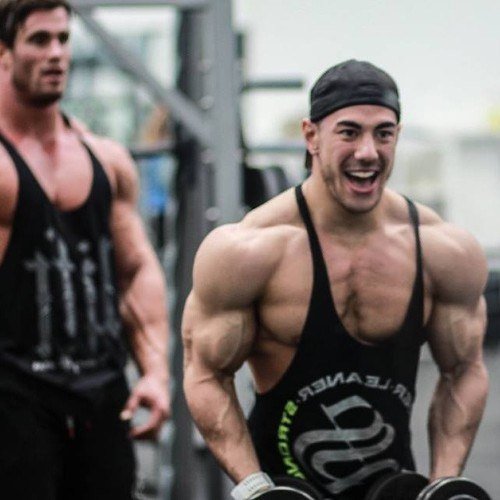
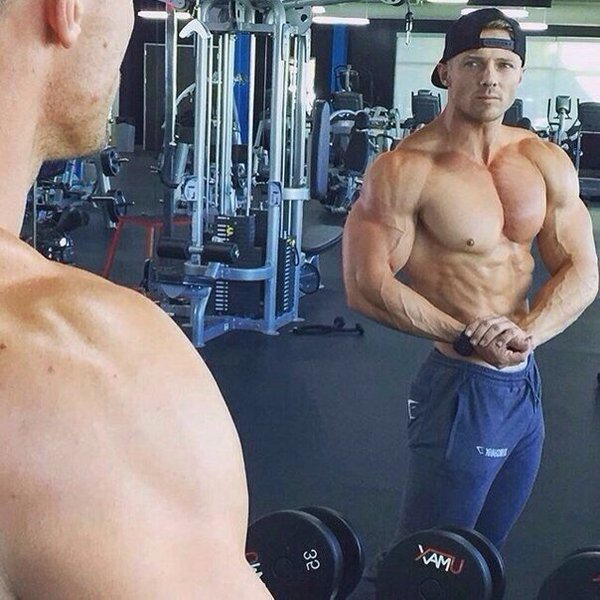
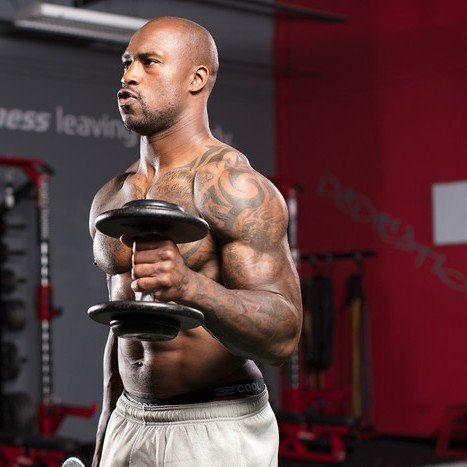
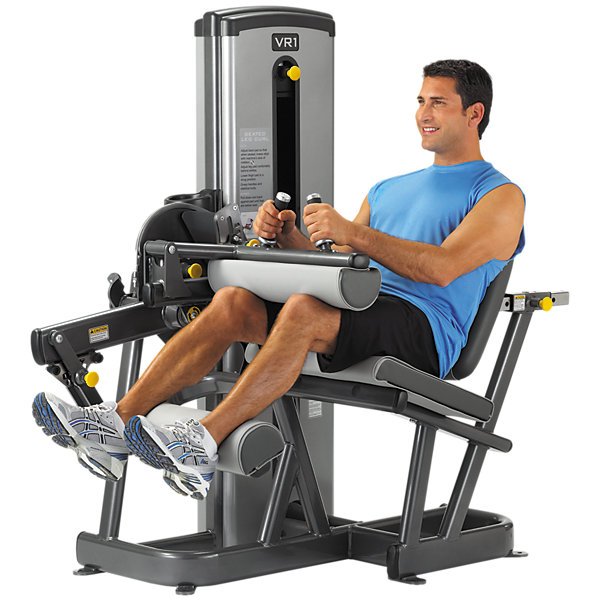
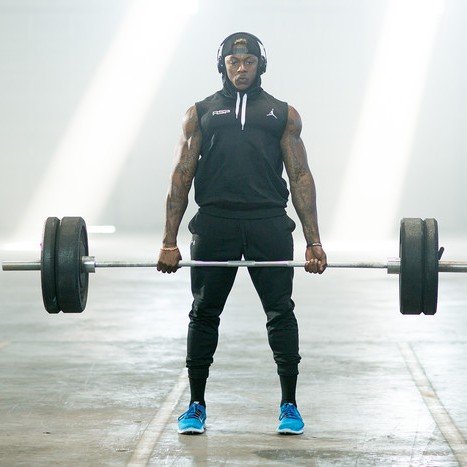

amresh jha
2015-12-05 13:11:42
chest or bisep tips
Amal
2015-12-05 13:11:42
Nice
sahil
2015-12-05 13:11:42
hard bro